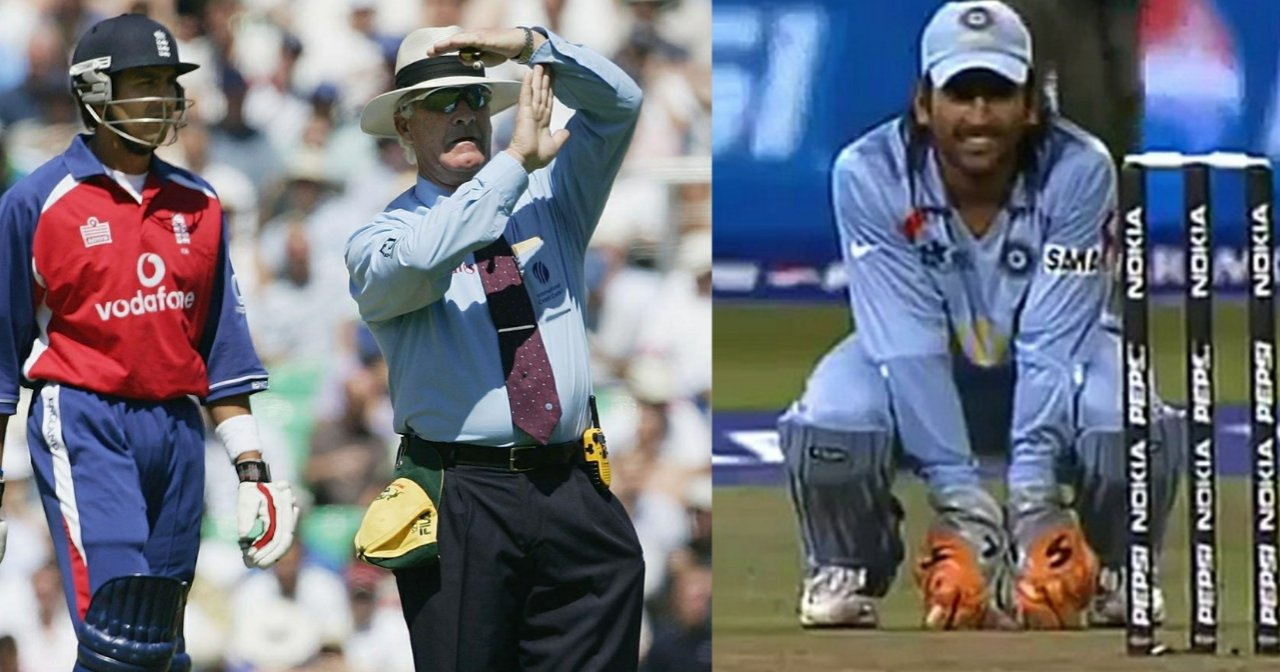
Over the years, the rules in this beautiful game of cricket have kept changing. Earlier there used to be only one format and it wasn’t even a five-day format. There used to be a timeless Test match where they used to play until they got a result. Slowly the game moved into a limited-overs setup where each team played 60 overs which then came down to 50 overs. In this century we have also seen T20 cricket where teams get to play only 20 overs.
Even though the main game remains the same there are always some minor changes in the rules which might go unnoticed. Many old rules have been changed and most people might not even remember these rules. So, let’s have a look at five cricket rules you might now know once used in international cricket.
5. Eight ball overs
We all consider an over in cricket to be of six legal balls but that was not the case earlier. There have been changes to the number of balls in an over. In the 80s in England there used to be four-ball overs which then changed to five, then six, and then eight balls for a while. Many other countries tried the eight-ball overs and it was even used at the international level.
The last time eight-ball overs were used was way back in 1978 and 1979 in Australia and New Zealand at the international level. After that, all international cricket games have been of six-ball overs but in the newly announced Hundred League there will be a 10 ball over to finish the innings.
4. Rest Day in Test Cricket
Many people might not have even heard about this concept but there used to be a rest day in between a Test match. Generally, after three days there would be a rest day when there would be no cricket and the players can rest and the match will continue a day after the rest day.
The last Test match with a rest day was played in 2001 between Sri Lanka and Zimbabwe but with packed calendars and so much cricket around it is impossible to think that there would be a rest day in today’s day and age.
3. Bowl Out
Most people might remember the famous bowl out which happened in the 2007 T20 World Cup game between India and Pakistan. The match ended in a tie and they conducted a bowl out to decide who wins the game.
In a bowl out a team will nominate five bowlers who have to hit the stumps with any batsman in front of the stumps and the team which hits the stumps most times wins the game. It was used to decide the tie-breaker in the shortest format of the game. Later on, the bowl out was removed and the concept of super over was bought in to decide a tie-breaker.
2. Super sub
ICC introduced a rule called super-sub in 2005 where a team could name a 12th player before the toss and he can be used to substitute one of the players from the XI. It was bought in ODI cricket and ICC wanted to increase the use of all-rounders in the game.
Teams would nominate a specialist bowler or batsman as their 12th man and as a result, the rule didn’t work. ICC scraped the rule in just a few months. BBL recently announced a similar rule called X-Factor where you can get in your 12th man to replace a player from the XI at the halfway stage of a T20 innings.
1. Change of ball after 35 overs
You might have heard that in ODI cricket two new balls are used from two different ends but this is a recent rule and the old rule was completely different. Earlier there was only one ball from both the ends and the ball was changed after 35 overs.
The bowling team would get a completely new ball after 35 overs. This took out reverse swing from the game and hence this rule was scrapped but even with the new rule of two new balls we hardly see any reverse swing because the ball is just 25 overs old by the end of an innings.




